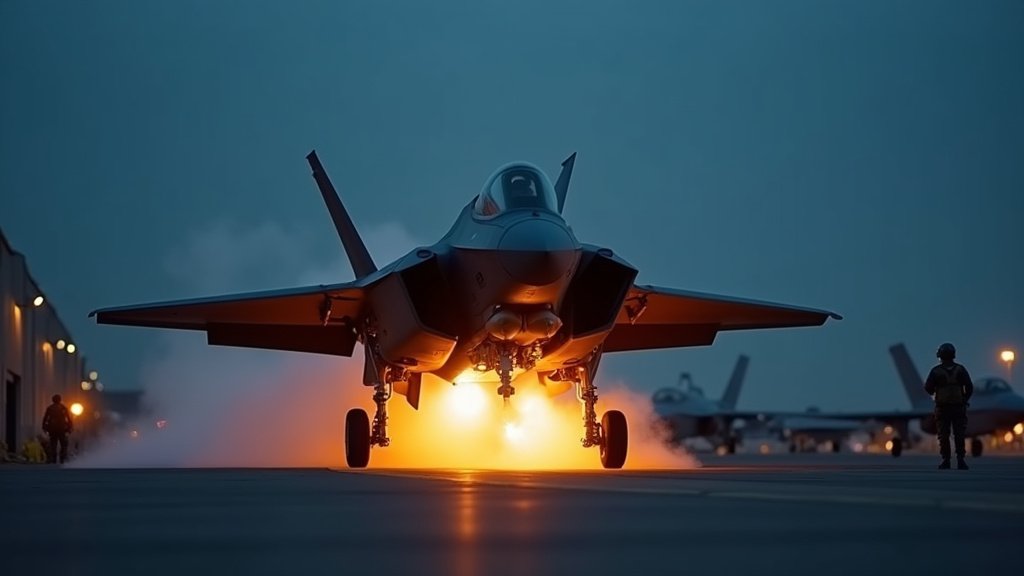BRUSSELS – NATO commenced its annual nuclear deterrence exercise, “Steadfast Noon,” on October 13, 2025, a routine yet crucial drill designed to ensure the alliance’s readiness and the credibility of its nuclear deterrent. This year’s exercise, involving approximately 70 aircraft from 14 allied nations and around 2,000 personnel, is taking place against a backdrop of heightened global tensions and a pattern of Russian military activities near NATO borders. This global news is a key development in ongoing international security discussions.
Steadfast Noon Underway: Key Details of the Annual Drill
The two-week exercise, coordinated primarily from NATO’s military headquarters in Mons, Belgium, is being hosted mainly in the Netherlands, with Volkel Air Base serving as the principal hub. Supporting operations are extending across military bases in Belgium, the United Kingdom, Denmark, and over the North Sea. Participating aircraft include Dutch F-35 fighters, German Tornado jets equipped to carry U.S. nuclear bombs, U.S. F-35s in a dual-capable role, Swedish Gripen fighters, as well as various reconnaissance, air-to-air refueling, and command-and-control assets. Notably, the exercise strictly prohibits the use of live weapons, employing only inert training devices and simulated scenarios to test operational procedures.
Geopolitical Backdrop: Heightened Tensions and Russian Provocations
The commencement of Steadfast Noon occurs during a period of significant geopolitical strain between NATO and Moscow. This has been marked by a notable increase in Russian military aircraft and drone incursions into allied airspace. Recent incidents include multiple drones entering Polish airspace and Russian fighter jets violating Estonian airspace. Such incursions are interpreted by Western officials as Russia probing NATO’s response capabilities. Furthermore, Russia has repeatedly issued explicit or veiled nuclear threats amidst its ongoing full-scale invasion of Ukraine, and Moscow has warned the U.S. against supplying advanced weaponry like Tomahawk cruise missiles to Ukraine, citing their potential nuclear warhead capability. These escalating tensions have led to increased security around military facilities across Europe and have prompted NATO to enhance its air policing missions.
NATO’s Stated Objectives: Deterrence, Readiness, and Transparency
NATO officials stress that Steadfast Noon is a routine, long-planned annual exercise, not a direct response to any specific current events or a particular country. Secretary General Mark Rutte emphasized its importance, stating, “We need to do this because it helps us to make sure that our nuclear deterrent remains as credible, and as safe, and as secure, and as effective as possible”. The exercise serves a dual purpose: to maintain the operational readiness and effectiveness of NATO’s nuclear capabilities and to send a clear signal of resolve and unity to potential adversaries, demonstrating the alliance’s commitment to defending all allies against all threats.
Enhanced Security and Strategic Signaling
This year’s Steadfast Noon places a particular emphasis on safeguarding nuclear assets and facilities on the ground, a measure reflecting heightened concerns over drone activity near European military sites. While exercising without live munitions, the drills validate certified delivery aircraft, command and control systems, and base protection measures, sending a “sober, unambiguous signal of resolve”. The exercise also aims to promote transparency regarding NATO’s nuclear posture, ensuring allied populations and the international community have a clear understanding of the alliance’s capabilities and doctrines.
The Broader Picture
Steadfast Noon is one of NATO’s most significant recurring exercises, forming a central component of its strategic deterrence posture, which is based on an appropriate mix of nuclear, conventional, and missile defense capabilities. As global security dynamics continue to evolve, this annual drill underscores NATO’s commitment to maintaining a credible, safe, secure, and effective nuclear deterrent, a cornerstone of allied security in an increasingly complex world. This trending exercise highlights the intricate balance NATO seeks to strike between maintaining readiness and signaling resolve amid a challenging geopolitical climate.




